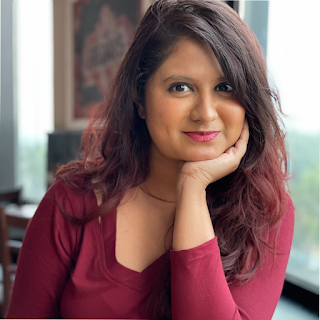Journalists were on the ground, reporting from the most isolated corners of the country, not stories but real facts and problems faced by thousands of people. Not all the information made the print or TV Headlines but are worth comprehending. Know it from the ground reporter’s perspective, what India look like during the pandemic. Stories that will remain even after this mayhem is over…Read on to know
Some of the well-known reporters of prestigious media houses covered their states during the pandemic and presented their outlook as to how the conditions were at ground zero.
JYOTI YADAV, BIHAR
Covid Cases – 7.2 Lakhs
Covid Deaths – 9,563
*As of 23rd June 2021(Source: NDTV)
Jyoti Yadav of The Print was covering large parts of rural Bihar during the Pandemic. “We have not yet been able to educate the people politically” is what Yadav had to say about the information deficit which led to the misplaced accusations by the people for the oxygen crisis in the months of April and May. “Many started calling the DMs…. the DMs asked how they will bring so many beds in such a short time.” In one of her anecdotes, she spoke about a woman who was deliberately trying to save her husband.” She started taking off her jewelry and giving it to me”, said Yadav “in the hope that I will save her husband.” In another story, she recalled how the patients who could not find help, blamed the media for not reporting their situation and helping them. “We can help at max 10 people, but the real power lies with the authorities,” she said accusing the government of failure.
Regarding vaccination, in rural Bihar, the problem was the mammoth number of rumours across WhatsApp and Facebook. “Some fake news of four men dying after taking the ‘corona ki suyi’ (Corona Needle or Vaccine) went viral and everyone restrained from taking the vaccine.” She appealed to an urgent need for awareness drive in rural Bihar. The irony was witnessed as the so-called lowest caste, the Dom caste (untouchables for many), who cremate the dead, provided dignity after death to numerous bodies which were abandoned by their families. On the other hand, as many as four hundred people turned up on the Shraadh (Death Ceremony) of those dead, while the vaccination count was hardly thirty.
ZEBA WARSI, MAHARASHTRA
 |
| Zeba Warsi. Image Courtesy: LinkedIn/zeba-warsi-75540751 |
Covid Cases – 59.8 Lakhs
Covid Deaths – 1.18 Lakh
*As of 23rd June 2021(Source: NDTV)
Zeba Warsi reported from Maharashtra for CNN-News 18 in 2021. She said that initially the crisis was not seriously taken and the Government “could not see (the second wave) coming.” She mentioned that the precautions were very gradual, and it was considered a Maharashtra-centric emergency. “The first wave was more of a humanitarian crisis” with the migrant labor displacement, economic crisis, and impact of lockdown, this time battle was for “survival”. There were no oxygen or beds for patients and getting admitted was a tussle. Slowly everything was centralized to BMC and there was a rise in awareness. As May, came in things were getting in control but the first two weeks of April were the worst.
Regarding vaccination, she said there were “no vaccines”. Even after the announcement of vaccines for 18+, the slots could not be booked online. Not even the second doses were available for senior citizens. There was a deliberate lack of vaccination strategy which led to the crisis. Moreover, the politics going on between centre and state blaming each other added insult to injury for the people who did not care.
Author:
Archan Kundu


Post a Comment